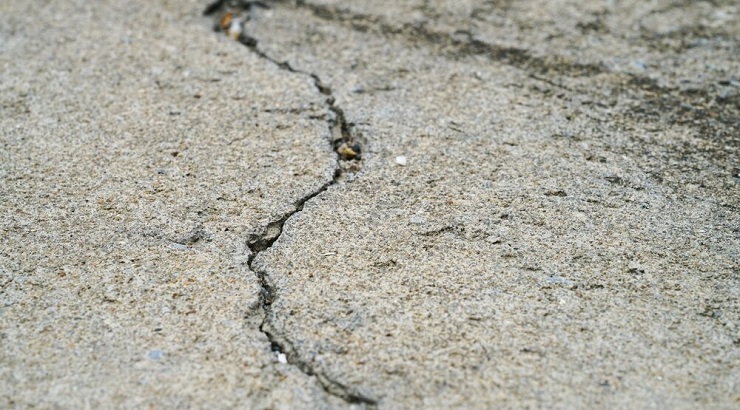Features
How to Repair House Foundation
Everything to know about foundation repairs.

Foundation repair is a great way to restore the structural integrity of a house without having to demolish the structure and rebuild it from scratch.
It is important to repair house foundations as soon as the following common signs of foundation problems have been identified:
Exterior signs
- Broken or cracked foundation
- Displaced moldings
- Broken or cracked bricks
- Wall rotation
- Separation around doors or windows
Interior signs
- Skewed doors and windows
- Cracked on the floor
- Cracked sheetrock
- Swollen floors
It is worth noting that 60% of all houses built on expansive soils experience foundation distress of some sort, but this becomes disastrous when only part of the foundation pulls or settles causing cracks and other structural damages.
But if the distortion occurs after three years of service, it is unlikely that the issue is due to a full-depth foundation settlement – which causes matching cracks.
Cracks emerge at each side of a portion of the foundation wall that is experiencing downward movement caused by soil-bearing failure.
Settlement cracks are always vertical and should not be confused with those that form when a wall is exposed to side movement from soil pressure.
What causes foundation problems?
In most cases, foundation issues are caused by water. Variations in moisture cause soil to swell and shrink thus leading to movement below the foundation.
A building is prone to foundation damage if it is built on expansive clay or poorly compacted fill soils. It is also susceptible to foundation issues if located on poor drainage or in an area that suffers extreme seasonal changes.
Plumbing leaks beneath the house or tree roots growing under the building can also cause foundation problems. Earthquakes can also weaken the structure.
RELATED: How to Build a House Foundation
That being said, it is important to undertake foundation repair on your house as soon as signs of failure become visible to avoid further catastrophic damage.
Hairline cracks
You should, however, not panic after spotting hairline cracks since they are a common result of standard foundation settlement.
Nevertheless, you should take immediate action when large cracks – wider than an eighth of an inch – emerge suddenly as they indicate some foundation issues.
Foundation repair techniques
There are many techniques for repairing house foundations, including forcing concrete into the ground to salvage a failed foundation.
However, slab jacking and hydraulic jacking are the most common methods of foundation repair.
Slabjacking involves pumping cement grout under a slab or beam to produce a lifting force that restores a foundation to its original elevation.
In hydraulic jacking, steel poles are pushed into unstable soil, and hydraulic jacks are deployed to raise or stabilize concrete slabs affected by changes in the soil.
Foundation repair tips
The choice of a foundation repair method is usually determined by the issue at hand. Slabjacking, for example, is ideal for fixing smaller slabs of sunken concrete, such as swimming pool decks, driveways, and sidewalks.
As stated above, slabjacking is done by pumping grout through small holes in the concrete slab. Once settled, the grout hardens into a thick concrete mass that offers a competent bearing for the concrete block.
On its part, hydraulic jacking is ideal for fixing huge foundation problems, mainly those found in residential and commercial building foundation shifting.
It involves placing hydraulic jacks to lift settled beams to grade.
The beam must be lifted carefully to prevent damage. Once lifted, the beam is held to elevation using a specially designed spread footing and pier.
The footing should be set deep enough to free it from the undesirable effects of variations in soil moisture. It should also be designed to distribute the weight without creating needless mass.
The pier should be secured to the footing to support the beam.














